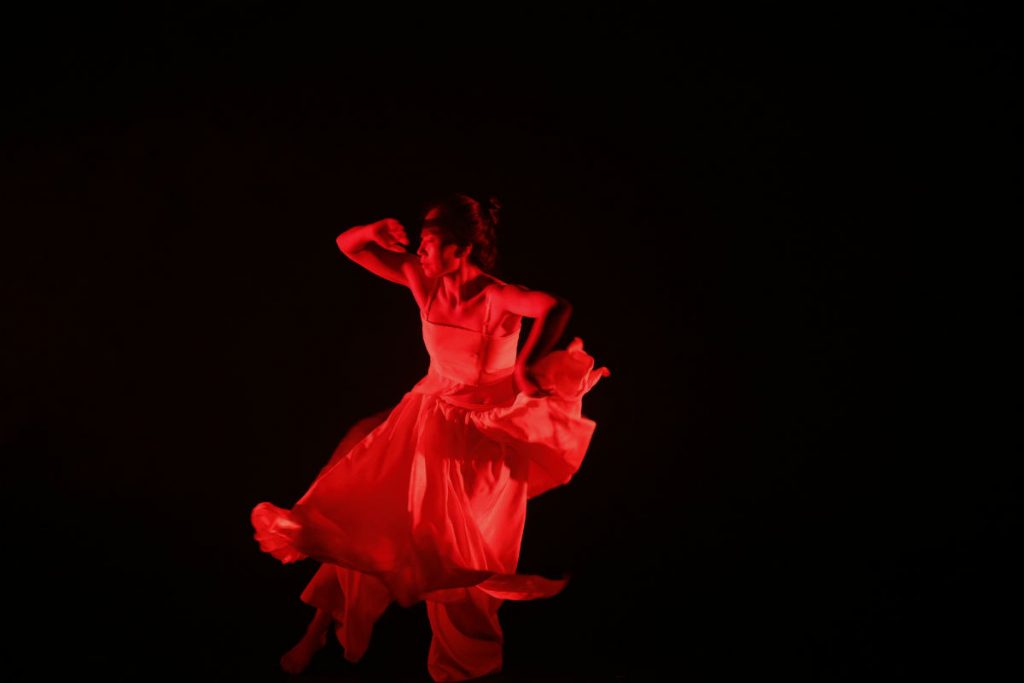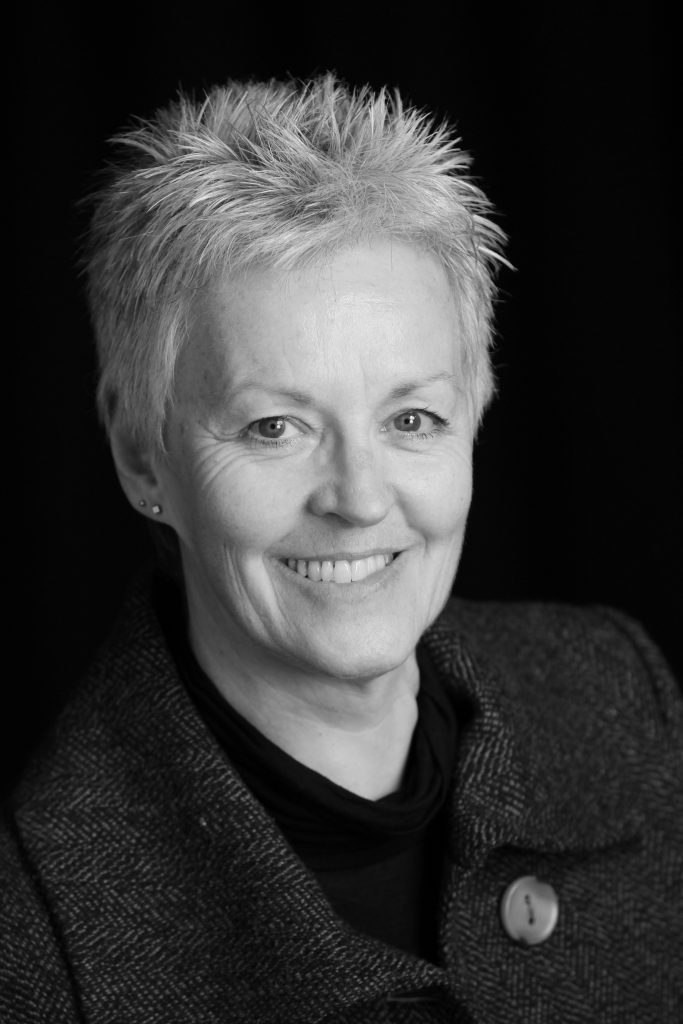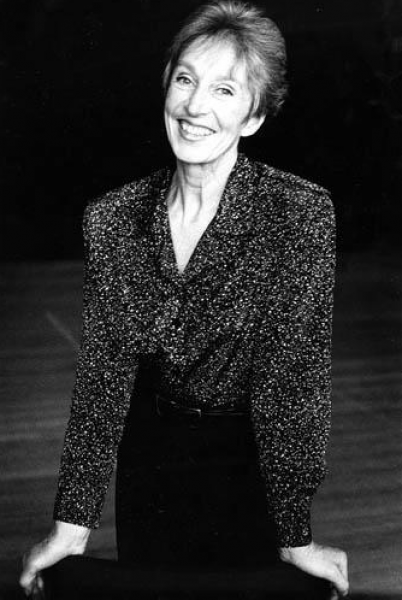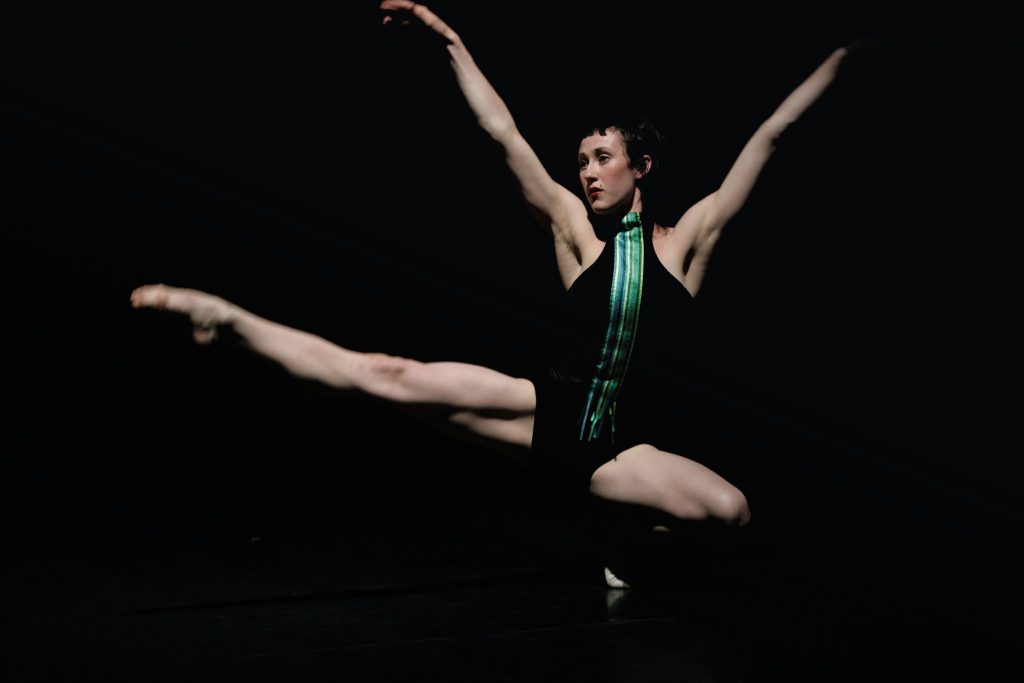VCA Dance is 40 – Happy Birthday!

As VCA Dance turns 40 it’s time to celebrate the achievements of VCA Dance students, teaching staff and alumni over the past four decades.
By Associate Professor Jenny Kinder, Head of VCA Dance
It seems such a short time ago that the Victorian College of the Arts marked VCA Dance’s 30thanniversary with a booklet celebrating its three long-term heads of Dance: founding Dean Anne Woolliams (1978—86), Jonathan Taylor (1988–97) and myself, Jenny Kinder (since 2000). Interim Heads were Garth Welch (1987) and Maggie Lorraine (1998–99). Ten years on, we join the ranks of other dance institutions, such as the National Aboriginal and Islander Dance Association(NAISDA) and Ausdance, which have also achieved the four-decade milestone and made significant contributions to the development of dance in Australia.

Indeed, it is humbling to think how short 40 years is in the context of tens of thousands of years of dancing by Aboriginal and Torres Strait Islander people in Australia. While VCA Dance and its alumni have significantly influenced the development of a vibrant contemporary dance culture in Melbourne and beyond, the VCA, through the Wilin Centre for Indigenous Arts and Cultural Development, has played a critical advocacy role for Indigenous arts and cultural practice.
Looking back to 1978, there were few dance companies and even fewer contemporary dance companies in Australia. Those that had emerged in the 1960s, Elizabeth Cameron-Dalman’s Australian Dance Theatre, the Melbourne-based Modern Dance Ensemble, directed by Margaret Lasica, and Contemporary Dance Theatre, directed by Shirley McKechnie, flourished in the 70s under the policies of the Whitlam government.
The 70s, through free tertiary education for all, also saw the emergence of the first tertiary dance courses in Australia. The VCA in its current form was established in 1972 under its founding Director Lenton Parr. It differed from other tertiary institutions in that it was “vocational” and affiliated with the Victoria Institute of Colleges.
The vocational approach to training and education not only implied future employment within a given profession or discipline – it was also associated with a sense of a “calling”, the pursuit of a creative life, and engagement in a life-long artistic practice, an ethos which continues to this day.
Four decades on, VCA Dance can proudly claim to be the longest-standing tertiary dance program in Australia, offering undergraduate and graduate degrees.
Beginnings

The VCA School of Dance began in the old studios in Nicholson Street, Fitzroy, which had previously been home to Ballet Victoria. There, former Stuttgart Principal Jan Stripling (Anne Woolliams’ husband) and Patti Cox, former member of the Borovansky Ballet Company, organised classes for the remaining students throughout 1977.
Anne Woolliams, who resigned from the Artistic Directorship of The Australian Ballet at the end of 1977, became the inaugural Dean of the School of Dance in 1978, when the first intake of VCA Secondary School (VCASS) students commenced.

Classes continued in Fitzroy for two years while the current Dance Building, designed by architect Roy Grounds and situated on the University of Melbourne’s Southbank campus, was constructed. The unique relationship between the VCA and VCASS continued through to June 2009 when VCASS relocated to state-of-the-art facilities on the new site on Miles and Moore Street, Southbank.
In 2008, Jan Stripling described Anne Woolliams’ main aim as being:
to involve dancers – performers and choreographers alike – in the creative process…Studio 1 [now Studio 221], 234 St Kilda Road was, and still is, the place to experiment and showcase this creative process and display the talent of VCA Dance.
Privilege
For my own part, it has been a privilege to serve in the role of Head of Dance for 18 of VCA Dance’s 40-year history, leading a team of wonderful colleagues, namely Helen Herbertson, Dr Sandra Parker, Meredith Blackburn, Anna Smith and Nina Veretennikova. Not to mention our many casual staff, who share a passion for dance and are dedicated to the artistic development of the next generation of Australian dance artists.
My appointment in 2000 was, for me, the realisation of a long-standing personal and professional goal. I had worked on staff with my lifelong teacher and mentor Shirley McKechnie when she established Australia’s first degree with a dance major, the Bachelor of Education, at Rusden State College, now Deakin University, and I was the founding Artistic Director Tasdance, Australia’s first dance-in education company.

In fact, my career had unfolded alongside the development of the VCA School of Dance (I started at Rusden in 1978) and I often employed VCA graduates at Tasdance (1981–1994).
I had also commissioned work by Nanette Hassall, a staff member under Anne Woolliams and founding Artistic Director of Danceworks, as well as the work of VCA alumna and member of Danceworks Sue Healey, who returns to the VCA with a major film installation this year featuring significant Australian dance artists/elders, including Nanette Hassall.
My abiding interest in the development of young dance artists and my knowledge of the VCA Dance program over many years inspired me to return to Melbourne in 2000 to become the third long-term Head of VCA Dance.

A changing landscape
As I look at the dance landscape in 2018, much has changed and yet the community of artists envisioned by Lenton Parr is alive and well. VCA Dance alumni are working in all parts of Australia and many parts of the world. Changes in dance have been fuelled by their work as performers, choreographers, collaborators, teachers, researchers and artistic leaders in a variety of contexts.

Commonly, when they reflect on their VCA experience, they speak of the sense of belonging, the opportunity to meet other artists and the strong friendships and connections that remain today.

That’s really no surprise given that dance is an ensemble practice, a group endeavour in which understanding their agency in the process is to enact the vision of the work. Dance is passed on body to body, dancers working physically close together and with a sense of common purpose in both rehearsal and in performance.
In this spirit of connectedness and interdependence, 2018 is about celebrating four decades of contemporary dance practice, honouring our past, revelling in our present and imagining our future – we could not be in better hands than those of our extraordinary alumni.
I look forward to celebrating this year with you …
A time to celebrate and a time to dance!